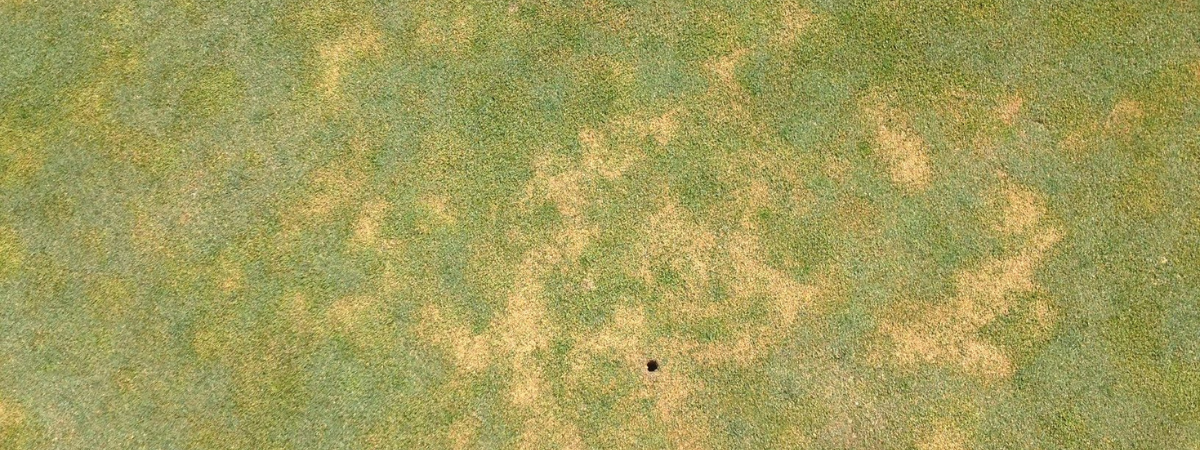When planning for fall fertility, you should think, calcium, phosphorus, potassium, and roots. Building healthy roots is critical for any fall fertility program. In the fall, as cooler temperatures emerge, cool-season grasses begin a 2nd root growth flush, growing increasingly until temperatures turn cold and growth slows down. Calcium, phosphorus, and potassium can help build and maintain healthy roots throughout this busy root-growth time.
Calcium is a very large part of the root cap and helps push new roots. It’s also the best base cation in the soil to help with flocculation. When the soil particles within the soil structure form aggregated clumps, flocculation occurs. Flocculation is vital because those clumps allow for roots to grow in between the aggregated soil particles (easy root movement) and let water and air move easily throughout the soil.
Calcium’s effect on flocculation and roots can be observed by understanding how its chemistry affects the physics of the soil. The three bear’s porridge story helps illustrate this concept, also. The four base cations in the soil are sodium, magnesium, potassium, and calcium. Sodium is thrown out because it is just not good. So, now you are left with three: magnesium, potassium, and calcium.
Potassium has a single positive charge and it’s big, therefore it can hold one soil particle with a negative charge – the porridge is too hot. Magnesium has two positive charges, so it can hold two soil particles, but it is the smallest of the three, which makes a tighter soil – the porridge is too cold. Calcium is that porridge that is just right. It has two charges to hold two soil particles and is the perfect size to create a good soil structure, so roots can move easily and stay healthy.
The second nutrient that helps maintain and build healthy roots in fall fertility is phosphorus. Phosphorus is the energy source of ATP (adenosine triphosphate), which plant cells employ to stock and transport energy and drive new root growth.
Potassium, the third nutrient that can help build and maintain healthy roots in fall fertility. It works by relieving turfgrass stress through maintaining turgor pressure. If turfgrass plants are stressed out, they need new roots. Phosphorous and calcium can help; however, potassium can too. When plants are stressed out, their cells are probably shrinking and water is exiting. Load potassium into the cells, the water will follow in and cells will start to become robust again. Potassium is an osmolyte, so it helps keep cells robust and plants standing up.
Foliar-Pak’s Cool Season Fall Rooting program, incorporating Armament P, Armament K, Promote, and Caliber, is perfect for taking care of calcium, phosphorus, and potassium and, thus, building and maintaining healthy roots during fall fertility.
- Armament ensures that nutrients, like calcium, phosphorus, and potassium, are in a plant-available form, so, they do not lock and tie up with other things that already exist in the soil.
- Caliber is an ultra-small calcium carbonate particle that is easily solubilized and ensures that the calcium is rapidly available for root uptake or absorption to soil cation exchange sites.
- Armament P transfers the power of Armament and increases phosphorus availability by preventing common soil nutrient interactions that tie up phosphorus.
- Promote is a good all-around soil conditioning and microbe-feeding product, improving antioxidant activity important for recovery of leaf and root tissue, while also enhancing the plant’s ability to fight stress and maintain proper metabolic functions.
- Armament K provides another dose of Armament and is formulated with long chain carbon technology specifically designed to deliver potassium to plant roots.
If you like this fall rooting program, also try the Foliar-Pak Fall Foliar program.












